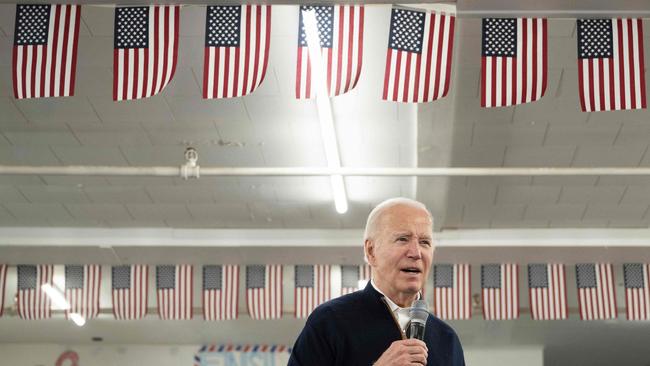
The current high spending is a major factor causing US inflation in February to rise by an annual rate of 4.8 per cent, albeit in comparison to February 2023 the increase was only 3.2 per cent.
Despite the inflationary risk, the US presidential decision-making system has turned its back on conventional economics, although periodically — no matter which party is in power — there are confrontations with Congress over debt levels. But, at least to date, these debates are always settled at the last minute to allow the country to keep running.
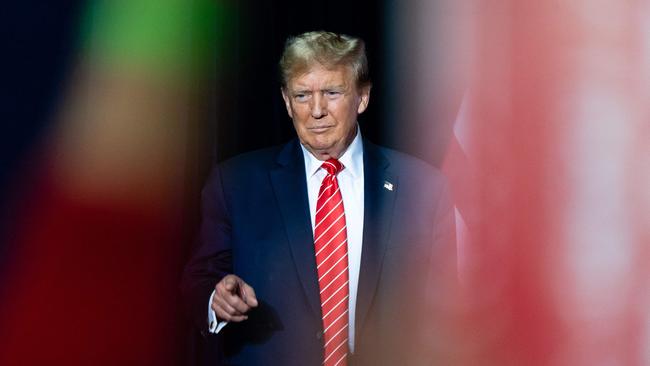
And here in Australia, the Victorian government just keeps borrowing because institutions keep lending to it.
Under conventional economic theory, we are building a global house of cards which one day will fall down. I don’t have an answer which provides a different outcome, but I am always open to credible people who believe they can see a global a way forward which avoids a crisis.
This week I found myself talking to Stephanie Kelton who is professor of economics and public policy at Stony Brook University.
Her explanation for what is actually happening in the US is widely debunked by most economists, but it does offer a rationale to support what the two presidential candidates are doing. It is also a warning for the Victorian government.
Accordingly, I invite my readers to join me in not necessarily endorsing the Kelton view but at least understanding, while her views are not the same as the presidential candidates, there is a symmetry.
In essence, Kelton endorses what is known as the “Modern Monetary Theory” which is not actually “modern” because it dates back to the start of the previous century.
The first pillar of MMT is it is necessary to recognise the power of countries which can issue their own currency and are not plagued with debt in a different currency. Australia and the US are good examples of countries that meet this criteria.
But, both countries have states which do not have the power to issue currency, yet have become compulsive borrowers — Victoria in Australia and California in the US.
The second pillar of MMT is, when a country issues its own currency, this currency is offset by assets such as its labour, capital assets, and natural resources. There is no need to borrow money.
But, if a country creates a money supply beyond the capacity of its resources, then inflation breaks out — that’s what is happening now.
This inflation will require a reduction in money creation. One way to cut back money creation is to borrow in your own currency not to fund the deficit, but to reduce the money in the community and lower inflation. Bonds become a monetary policy device, not a means of funding a deficit.
This basic theory goes against most current economic assumptions. For example, MMT adherents don’t need to worry about accumulating debt as long as that debt is in the currency of the country which can create money. It can be paid back by creating more currency.
There are obviously a vast number of other flow on implications to this base radical theory.
What makes the MMT base theory so fascinating is both Donald Trump and Joe Biden plan to implement a version of money creation should they become the next president, while Congress will continue to run into brick walls trying to implement conventional economics.
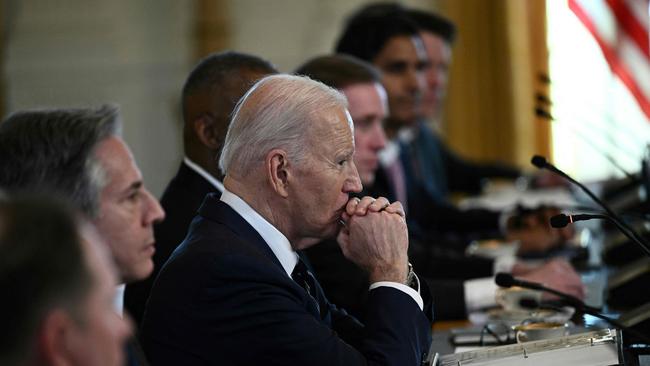
The original resurgence of China was, in part, another version of MMT, with the state bodies accumulating a large amount of local currency debt which was subscribed by locals which restrained their spending and Chinese inflation.
China had obligations to resource providers like Australia to buy our iron and other minerals in US dollars. But, it did not borrow those US dollars, instead creating them via vast exports to the US. And, on a net basis it did not bring the money back to China, which would have created inflation.
China became a huge holder of US bonds. More recently, problems in China and lower US exports have substantially reduced Chinese holdings of US bonds.
Biden has maintained the original Trump China import clamps, but Trump plans to go further so, if he wins, China will almost certainly seek payment for Australian iron ore in Chinese currency.
Under MMT, nation-states with the power to issue their own currency get into trouble when they create too much money, allow inflation to break out and then don’t curb money creation. Their currency falls, and they sometimes begin funding the nation with US dollar borrowings. Argentina is a perfect example, but many less developed countries have received IMF loans, which are normally in US dollars.
In Australia, during Covid-19, we embraced a version of MMT as part of the JobKeeper and other Covid-19 minimisation policies.
Prime Ministers and treasurers from both parties have been weak in their clamps on Australian state borrowings. For example, the extra billions Victoria is now set to receive in GST revenue should have been conditional on it dramatically reducing its borrowing habit.




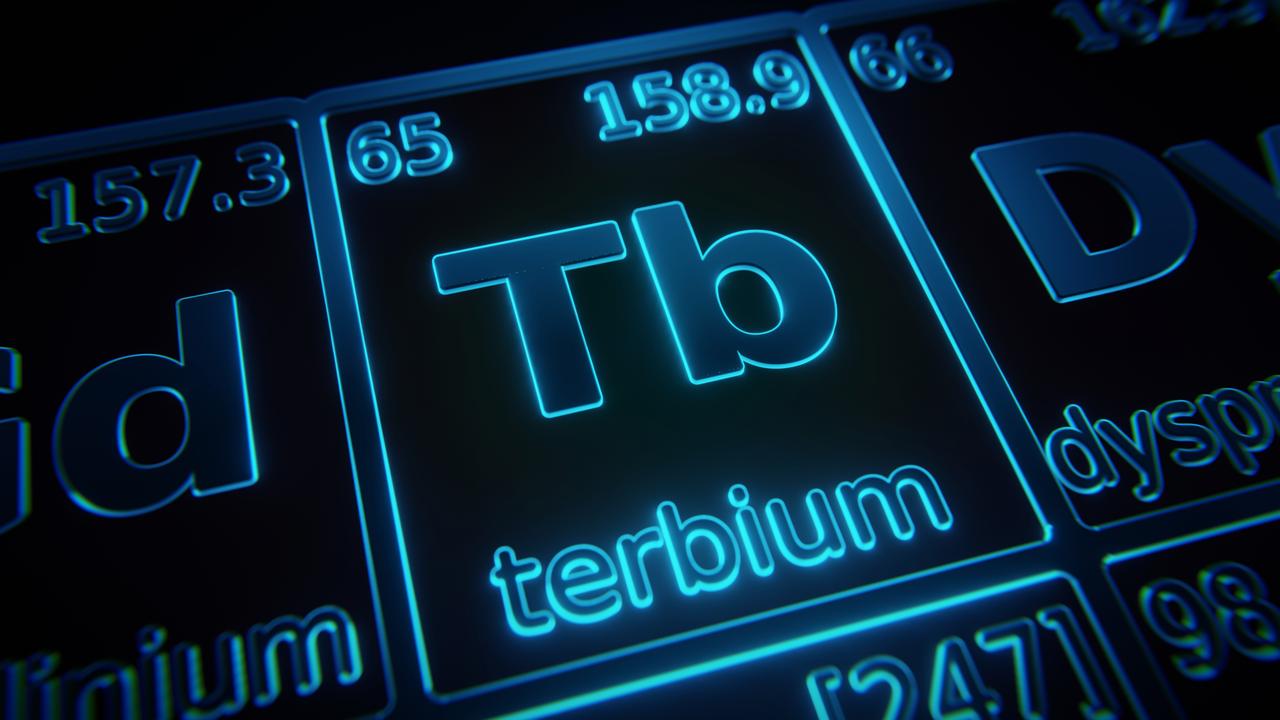
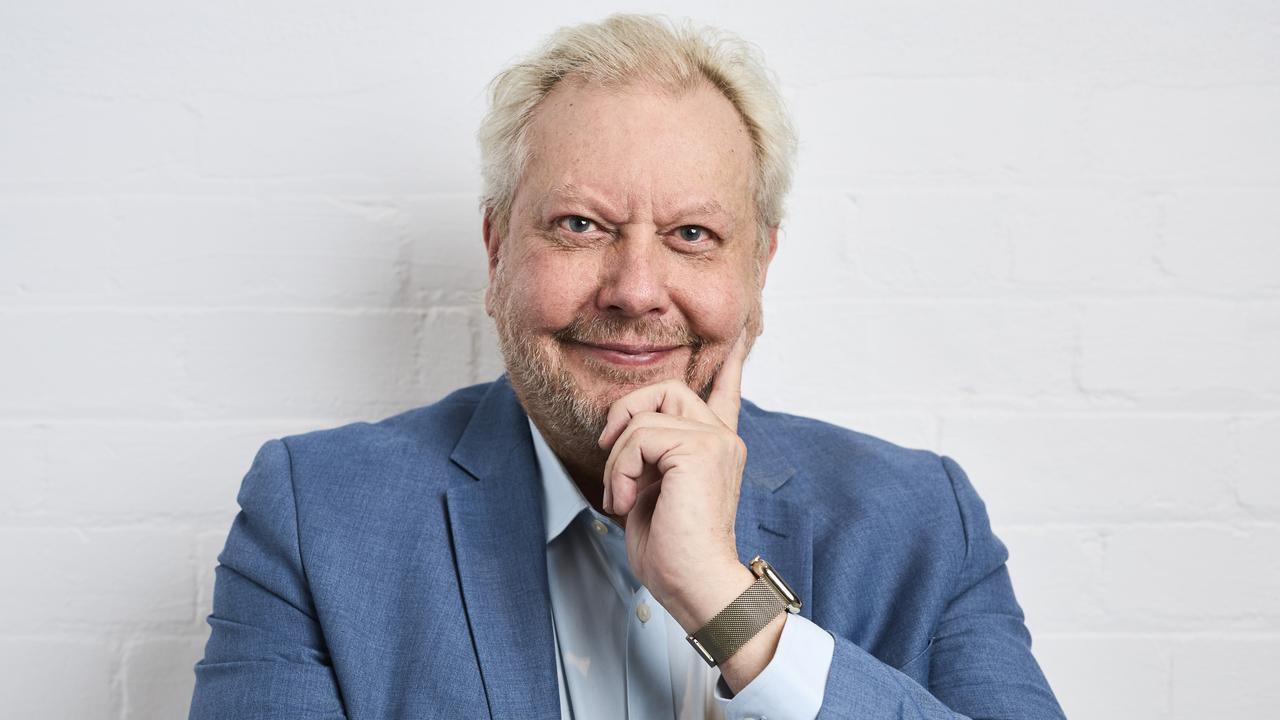
Whatever their differences, the two likely candidates for the 2024 race to be US president are united by their plans to keep spending money. US borrowings will rise further. And, it’s likely the candidates in the 2028 presidential election will be equally determined to keep up the spending rate.